The OP has made his decision but to add to the discussion - if I had to choose (assuming I already own a few good and appropriate routers) between buying and setting up a router table system with a lift and buying a good used shaper for $ 500.00 that accommodates 1/2" and 1/4" bits/cutters, I would opt for the shaper. The advantages of either have been pretty well discussed above but my inclination in favor of the shaper in this case is for the extra (smoother) power, versatility of its capacity with small and larger bits and the price compared to a good router lift set up. I would still need to own a few hand held routers but the small shop shaper (if you have the room) is a great asset.
"... for when we become in heart completely poor, we at once are the treasurers & disbursers of enormous riches."
WQJudge




 Reply With Quote
Reply With Quote

 . Wadkin made a boat load of these spindles for there intire range even the little BRS spindle moulder.
. Wadkin made a boat load of these spindles for there intire range even the little BRS spindle moulder.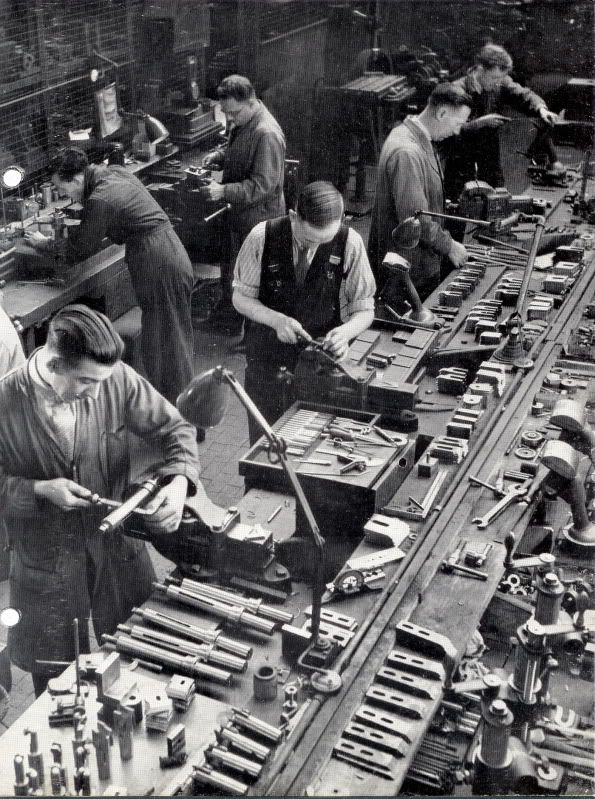



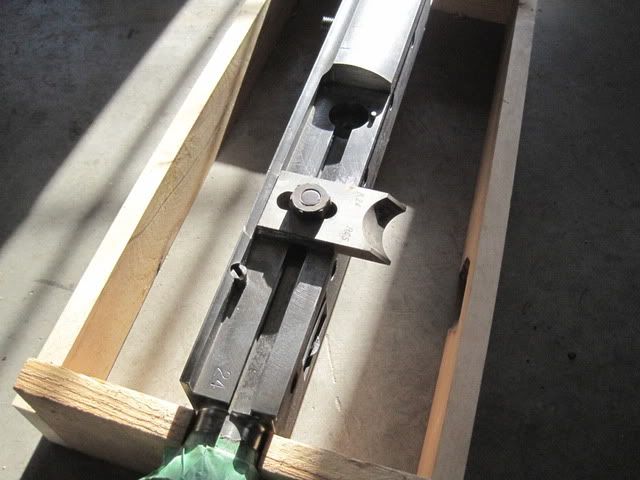
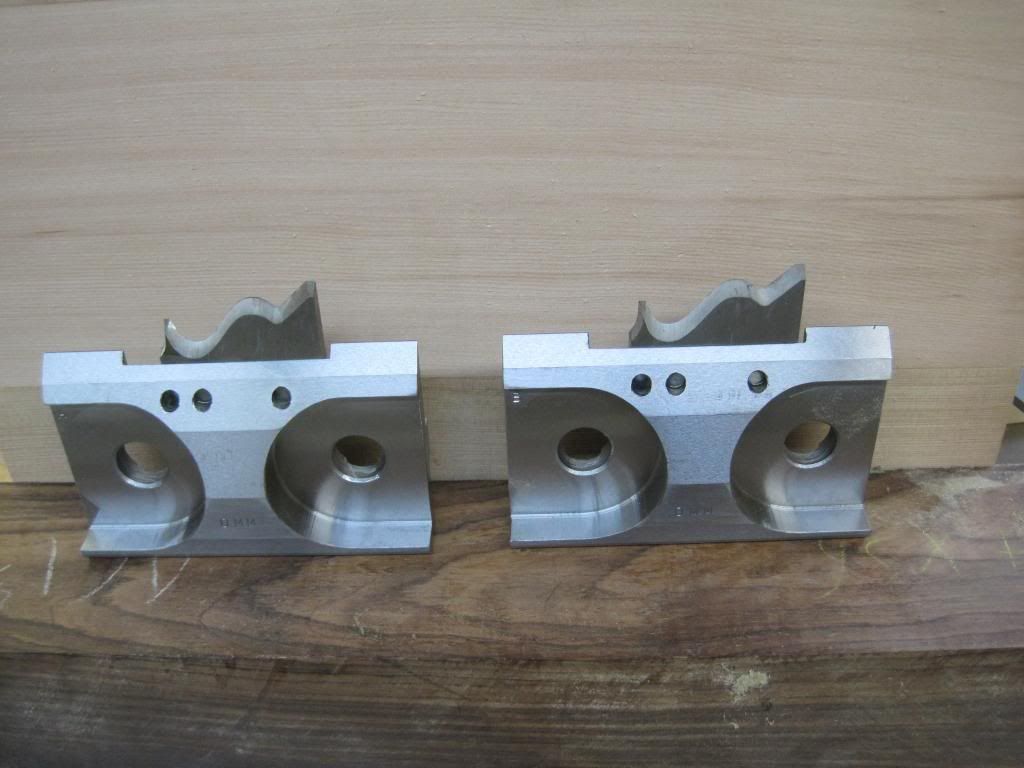
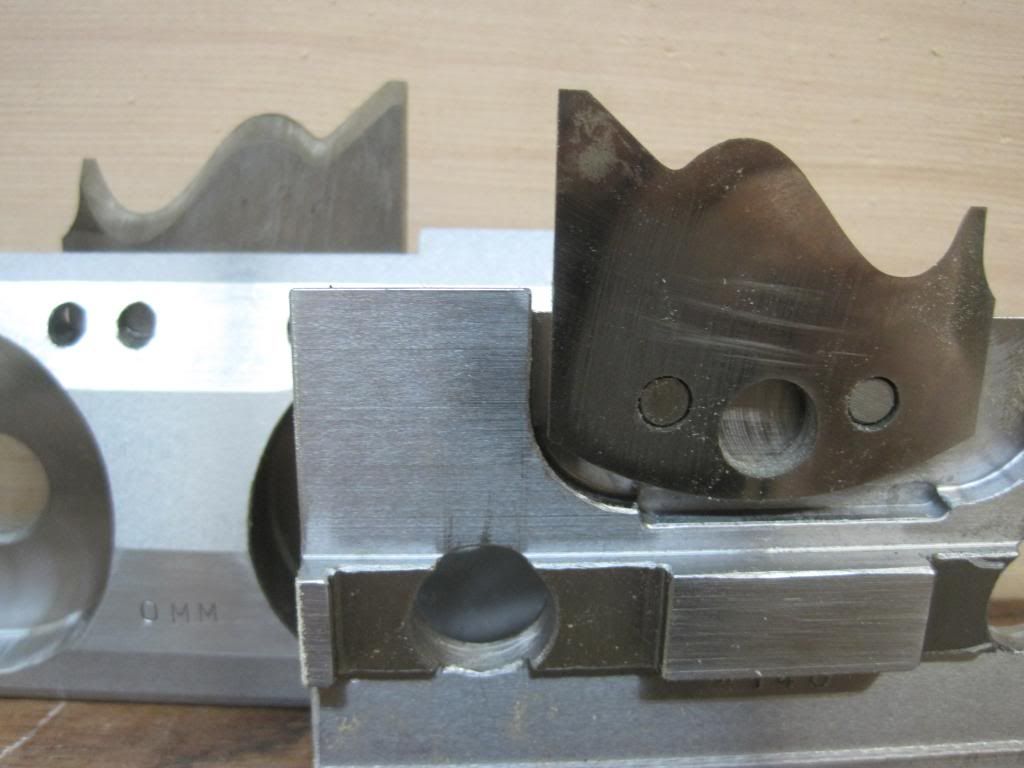
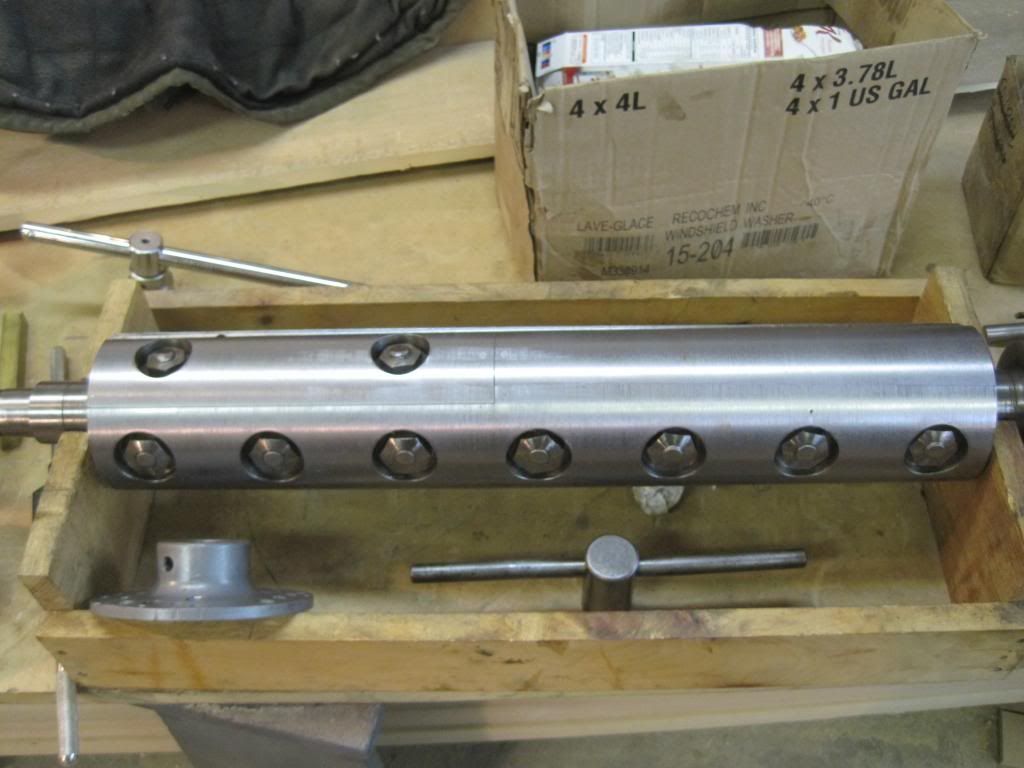


 . Its the tall ones for railing that as you say you do not want to over tighten. still i don't use them as the steel is to closely for big stuff. Wadkin made one with the bottom collar was the rub bearing. Woodwork tools works sale the plain collar steel but you can use the lock edge in plain. Collars need to be very clean i would toss anything knackered. the lock edge is nicer to set up with the setting screws i think but how hard are 2 knifes. I have seen in old tooling catalogs with two types of plan collars one is the 60 deg slot and the other is square slot flat bottom. I like the 60 deg for the aliening and any thickness steel . Thanks Mel for the old time tooling talk.
. Its the tall ones for railing that as you say you do not want to over tighten. still i don't use them as the steel is to closely for big stuff. Wadkin made one with the bottom collar was the rub bearing. Woodwork tools works sale the plain collar steel but you can use the lock edge in plain. Collars need to be very clean i would toss anything knackered. the lock edge is nicer to set up with the setting screws i think but how hard are 2 knifes. I have seen in old tooling catalogs with two types of plan collars one is the 60 deg slot and the other is square slot flat bottom. I like the 60 deg for the aliening and any thickness steel . Thanks Mel for the old time tooling talk.
